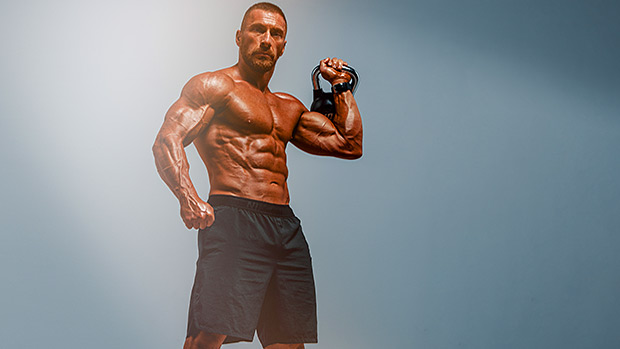Here's a list of industry rehab/corrective buzzwords:
- Tight hamstrings
- Tight adductors
- Weak glutes
- Weak glute medius
- Quadratus lumborum spasm
- Poor thoracic rotation
- Poor scapula stability
- Poor shoulder stability
- Weak rotator cuffs
- Eccentric weakness
- Unstable core
There's probably a few I've missed too. Is there one single exercise that addresses all these things? Yep.
This isn't an exercise people naturally know how to do, but it's worth the time investment. Obviously, doing it won't give you an injury diagnosis or a specific intervention, but you'll be surprised about what problems might just disappear as your windmill improves. And don't worry, if you're bad at it to begin with, you'll get better fairly quickly.
You should be able to windmill half your bodyweight. And whatever weight you can put overhead with one hand you should be able to then windmill too, even if it's greater than half your bodyweight.
Think about tuning a car engine and doing nothing with the brakes or suspension. Not smart. Windmills are your brakes and suspension to control the strength you've developed in traditional exercises.
- Put the weight overhead anyway you like.
- With the weight overhead and feet about shoulder-width apart, point both feet 45-degrees toward the opposite side that's holding the weight.
- Look up at the weight and keep looking up at it throughout.
- Initiate the movement by pushing your pelvis back at around 45-degrees in the direction of the side of the weight.
- Try to keep your sternum pointing forward in the direction you were originally facing throughout.
- This is a hip hinge, so let your knees stay soft and bend, but don't let them travel forwards.
- Slowly hinge your upper body under control and reach towards the floor with your empty hand.
- At either the lowest point you can maintain control, or when you get your palm flat on the floor, return to standing.
- If you touch the floor, don't relax the body and put weight through the hand. Keep the body tight!
Go with high frequency, low volume, and high intensity for this. It's a strength and stability movement, but requires focus and skill, so doing a little (but often) is best.
Start with a very light weight and do a few each side to warm up. When you feel confident, just work up through the weights each day for low reps. Then aim for a few reps using a challenging weight each side each day. This will help with activation before big lifts, too.





